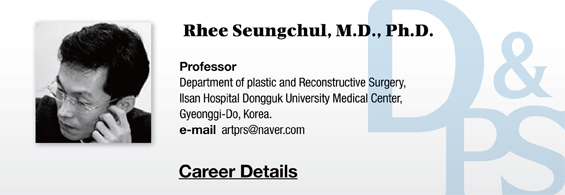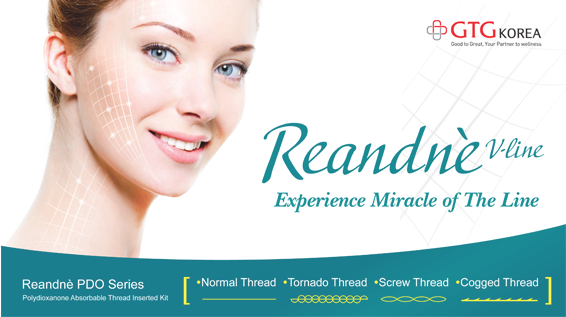
Antiquated aesthetic notions based on past anthropometric, photogrammetric and cephalometricanalyses no longer fit the modern ideals. This is partially because traditional aesthetic theories are based on averaged anthropometric data collected from average individuals, as opposed to individuals who are considered attractive by the society. For example, cephalometric analysis using x-ray images used averaged values and standard deviation obtained from average individuals, and not references from attractive people.
And as such, it can only serve as references for analyzing what is normal and abnormal. Therefore, values obtained from such analyses including measurement methods and reference values do not reflect the aesthetic ideals of today.Moreover, traditional cephalometric norms do not correctly reflect the aesthetic preferences that differ across races, ethnicities, genders, generations or age groups, etc. Previouscephalometric norms and measurements have stayed the same over the past several decades and do not incorporate the aesthetic preferences of different races, ethnicities, genders, and age groups of today.
Therefore, aesthetic surgery carried out based on these antiquated norms lead to average or uniform results regardless of the patient’s race, age, or gender, etc. and cannot live up to the patient’s individual expectations. That is, cephalometric analysis aspires to average and standardization and cannot satisfy uniquely individual and modern expectations of today. The ultimate goal of anaesthetic surgeonshould be the beautiful arrangement of facial soft tissues. However, too much emphasis was put on the facial bone structure.
Research on soft tissues has long been ignored despite its importance. It is very important to accurately analyze the patient’s face with clinical photography to understand individual aesthetic strengths and weaknesses as well as what the patient expects from the procedure and what the outcome is going to be.
.png)
Image 1. An aesthetic surgeon should be able to quantify what today’s people deem a beautiful face and satisfy their expectations.
[Advertisement] Reandnè Thread Series – Manufacturer: GTG KOREA(www.gtgkorea.co.kr)
As cosmetic surgery developed from reconstructive plastic surgery, not enough thoughts were given to what constitutes beauty. Many theories on facial aesthetics, harmony among facial units, as well as theories that are accepted as standard of beauty even today, are based on concepts established during the Renaissance. Many theories still accept antiquated notions of the Renaissance era. It is very surprising that aesthetic surgeons of today do not think to question the aesthetic references based on averaged data obtained from ancient sculpture, paintings and mathematical theories. The Golden Ration borrows directly from ratios shown in ancient art and architecture (1:1:618, also known as phi mask, etc.). It is surprising that many doctors and researchers still adhere to the golden ratio and use it in marketing when the golden ratio was shown in many studies to be not applicable to the human face.
Theories that were once regarded as the standard of an attractive face no longer hold sway as what is deemed attractive changes with time and is greatly influenced by the mass media. The spirit of the age or Zeitgeist demands that aesthetic surgeons understand and correctly define the changing desires and expectations of the public as well as interact with them to create new trends. Public ideas of beauty are influenced by the media as well as some doctors who lead new trends. The providers and consumers of aesthetic treatments continue to shape and influence each other.
-To be continued




















